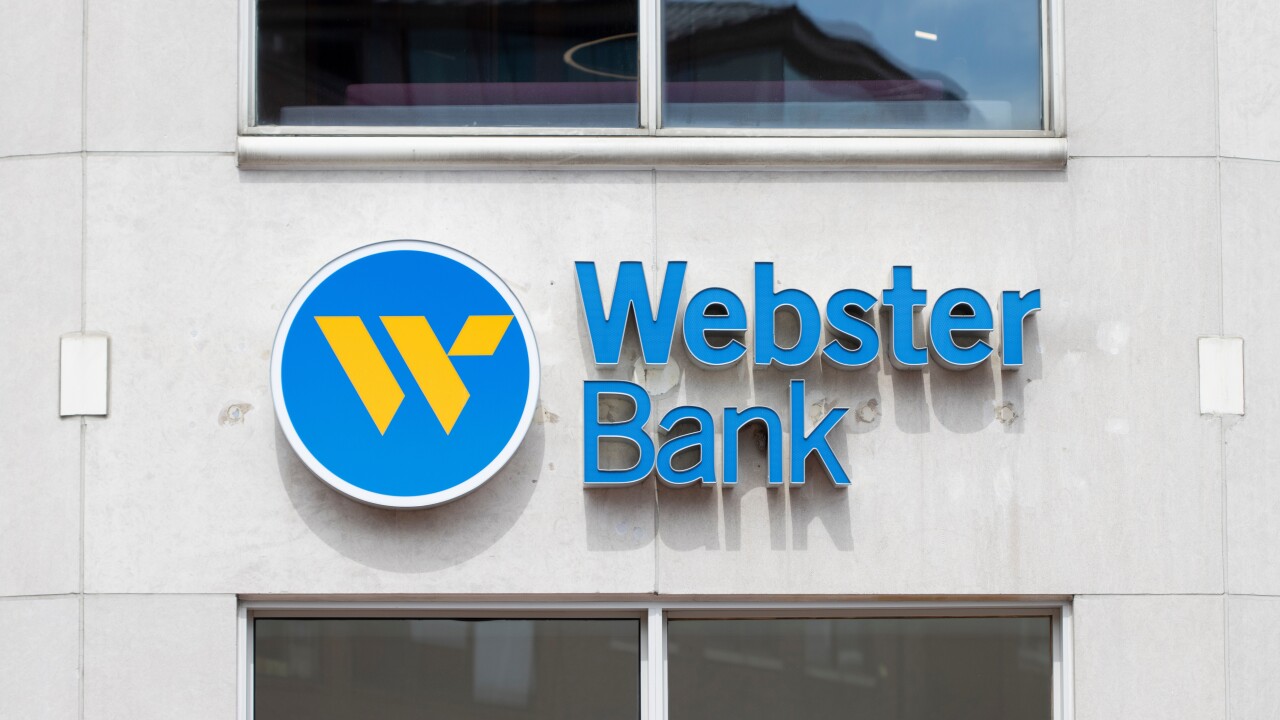
Monetary econ pop quiz: Who is to
If you incorrectly answered A, B or C, you might want to be armed with the economic facts the next time someone challenges you to the inflation blame game.
Most polls indicate that inflation
Everyone has heard about
Both presidential candidates share some blame to different degrees in how inflation was made worse by their actions and how it was managed — actually
Neither person, however, is to be blamed for our current inflation problem, since the underlying cause was COVID-19, so, let's call it what it is: Covidflation.
Yes, our inflation problem is bad, but we must never forget that COVID-19 took millions of lives and changed the lives of the rest of us.
During my decades of teaching monetary economics at Wharton, I would start my inflation lecture with the basic demand and supply definition: "Too much money chasing too few goods." Too much demand in the first instance, and not enough supply in the second.
Worst possible case? Both things happening at the same time and in a very big way. That was COVID-19.
The Fed's monetary policy tools and Treasury's fiscal policy tools were immediately put to work to try stabilizing the economy, which went into a sharp but brief
The result was a record amount of money, most commonly measured by
Either event, too much money or too few goods, is inflationary, but both of these happening overnight in a record way was super-inflationary.
The
When they say, "money is the root of all evil," that also goes for inflation. This is because there is a
Yes, massive, as in the
The biggest evil of too much money is inflation. The late great Nobel laureate

Anyone in the government, especially banana republics, can shower the public with cash to grow the economy and keep politicians in office. That is why we established the monetary policy police in 1913, aka the Fed, to keep the economy growing but with the responsibility of maintaining stable prices.
A little bit, say 2% to 3%, of inflation is not bad, as long as people are fully employed, and the economy is growing.
But, if the Fed is not willing or able to nip inflation in the bud, especially when there is ample evidence of rapid M2 growth, we have a problem … an inflationary problem.
This, unfortunately, exactly describes the Fed, based on Fed Chair Jerome Powell's mistaken
With all the M2 and inflationary writing on the wall in 2020 and throughout 2021, the Fed chair, who was hoping to get
By the time he was reappointed and realized inflation was serious in 2022, it was too late. To combat inflation, he raised rates more quickly than ever before, but the inflation genie was out of the bottle.
M2 actually declined in April 2022 and continued downward reaching -5% in November 2022. Within three years Powell took monthly M2 growth from +5% to a record +77% and then down to -5%. Not exactly the recipe for stable prices and economic growth.
Worse yet was the public's shocked and puzzled reaction to the worst inflation in over 40 years — a span longer than about half our population has been alive.
Nobel laureate
This vicious inflationary expectations circle continues to play out today, with the Fed forced to keep current record interest rates higher for longer until inflation is sustainably down to its 2% goal, which will likely not happen anytime soon.
Bottom line: If anyone in this country is to be blamed for inflation, it would be Powell, who should have nipped it in the bud in 2020 and 2021.
Trump, however, appointed him as Fed chair, the first one in recent history without an economics doctorate, which probably explains his shocking dismissal of M2's inflationary impact. Powell's on-the-job economic training has been a dismal failure, and he will likely be remembered as one of the
So, Trump is partially to blame for hiring him, something that will likely be quickly
Biden can also be blamed for
True that Bidenflation can be much better-
Taking the most relevant global view, there is no doubt that the underlying cause of our inflation was COVID-19.
So, if you want to play the inflation blame game during this presidential election cycle, don't point your finger up at either presidential candidate but at the pandemic.






